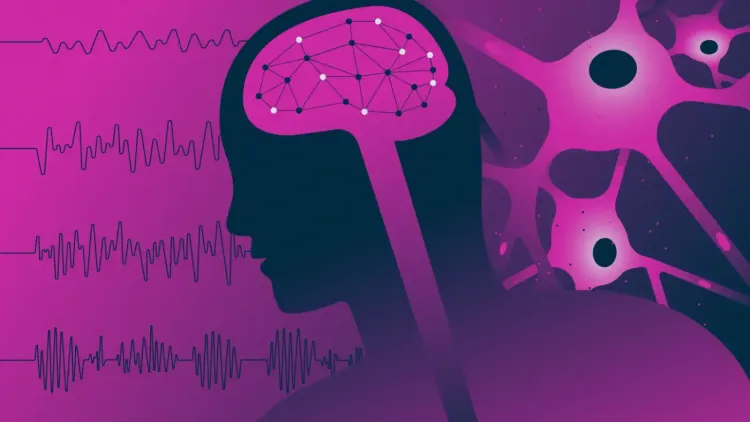Innovative Gene Therapy Brings Hope for Rare Childhood Epilepsy

Synopsis
Key Takeaways
- New gene therapy developed for Dravet syndrome.
- Targets the SCN1B gene crucial for sodium channel regulation.
- Research conducted by the University of Michigan.
- Study showed improved survival and reduced seizure severity in mice.
- Represents a potential breakthrough in treating DEE.
New Delhi, Feb 15 (NationPress) A group of scientists has introduced an innovative gene therapy aimed at assisting children diagnosed with Dravet syndrome, an uncommon form of epilepsy affecting young ones.
Dravet syndrome (DS) is classified as a developmental and epileptic encephalopathy (DEE) that typically manifests within the first year of life. Though rare, this condition can be extremely damaging, leading to various symptoms such as seizures, cognitive impairments, and even instances of sudden death.
DEE is characterized by developmental delays or regressions, while most patients experience seizures against a backdrop of developmental challenges. Since many cases stem from a genetic mutation, researchers at the University of Michigan concentrated their efforts on the SCN1B gene, which is vital in managing sodium channels present in the brain and heart.
This gene is linked to a more severe variant of DEE. Findings from a study involving mice indicated that the absence of the SCN1B gene resulted in seizures and a grim 100 percent mortality rate just three weeks after birth. The research team implemented a gene therapy in mouse models, aiming to replace SCN1B to enhance the expression of beta-1 protein, essential for sodium channel regulation in the brain.
This therapeutic approach in newborn mice led to improved survival rates, decreased seizure severity, and the restoration of neuronal excitability.
“Variations in SCN1B gene expression could lead to different therapeutic outcomes. However, this proof-of-concept represents a significant initial step towards a gene replacement therapy targeting SCN1B-associated developmental and epileptic encephalopathy,” the research team stated in their publication in the Journal of Clinical Investigation.
Recent research highlighted in the journal Neurology revealed that epilepsy and developmental challenges before the age of 16 affect 1 in 340 children, with 1 in 590 diagnosed with a DEE and 1 in 800 experiencing both intellectual disability and epilepsy.









